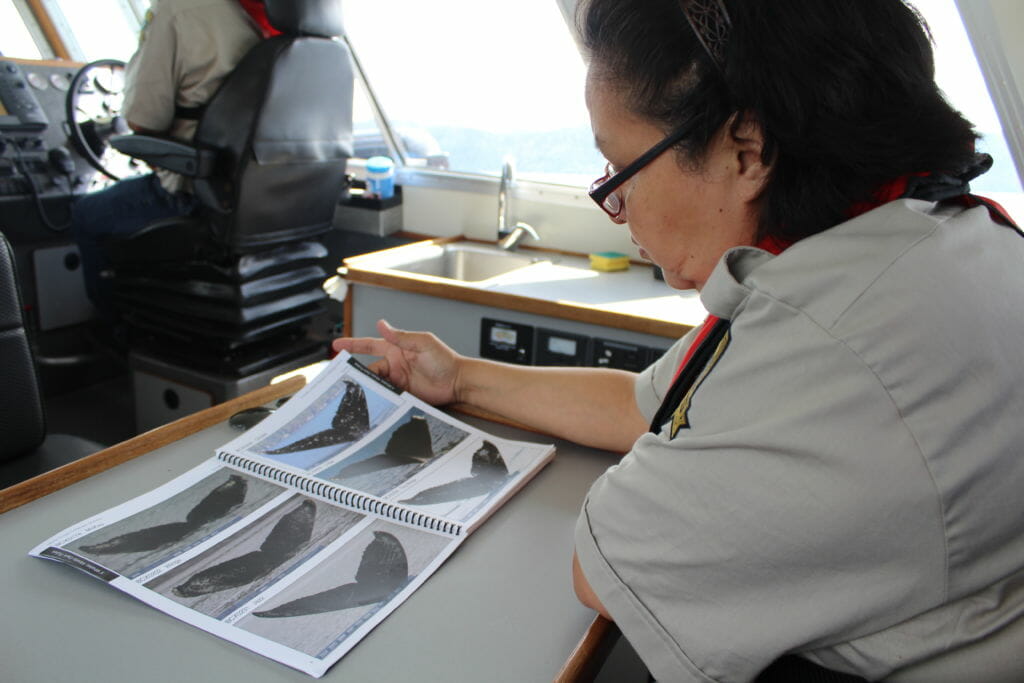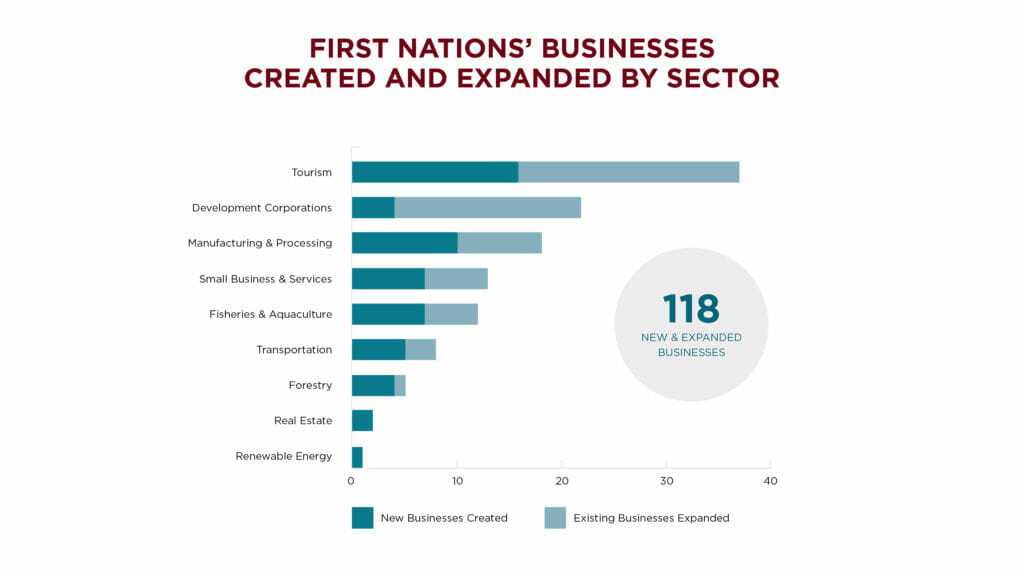Estimated Reading time

4 Mins
What Does a Conservation Economy Look Like?
In a recent webinar, Coast Funds and Indigenous partners shared examples of how First Nations in the Great Bear Rainforest and Haida Gwaii are using conservation financing to build sustainable local economies rooted in traditional values.

Through a first-of-its-kind conservation financing model, First Nations in the Great Bear Rainforest and Haida Gwaii are demonstrating how a conservation economy can protect forest ecosystems while creating jobs and providing clarity for forestry operations.
How did we get here? Last week, Coast Funds’ founding partners, board Chair, and CEO were invited to share learnings on how the project finance for permanence (PFP) conservation model is being used to safeguard land, water, and life on the central and northern coasts of British Columbia.
The webinar, hosted by the Enduring Earth Partnership, is part of an international series events for Indigenous peoples and their partners to learn from one another’s experiences with conservation finance and PFP initiatives.
Speakers included:
- Dallas Smith, Coast Funds Chair and one of the architects of the Great Bear Rainforest agreement.
- Brodie Guy, CEO of Coast Funds.
- Christine Smith-Martin, CEO of Coastal First Nations – Great Bear Initiative.
- Paul Kariya, Policy Advisor with Coastal First Nations – Great Bear Initiative.
- Merv Child, Executive Director of Nanwakolas Council, who served on the Coast Funds board for 11 years.
Building a Conservation Economy
In a conservation economy, communities take the lead in deciding how to manage land and natural resources while creating new employment opportunities and stewarding ecosystems for the benefit of future generations.
“It’s about restoring our roles as stewards across our territories and returning to our homelands to care for the web of life as we’ve done for thousands of years,” says Dallas Smith, Coast Funds board Chair. “New businesses and stewardship programs bring optimism to our communities that we’re on a good path.”
In the Great Bear Rainforest and Haida Gwaii, First Nations are working with Coast Funds and other partners to create new opportunities in ecotourism, fisheries, and small-scale logging – industries that diversify local economies and balance resource extraction with ecosystem management.

“We’re moving away from having outside companies and investors come in to extract resources, and towards supporting local businesses that are grounded in traditional values,” Smith explains. “That way, the whole community benefits through jobs and stronger connection to our languages, culture, and environment.”
In the webinar, Smith and other speakers highlighted examples of Indigenous-led projects and businesses that Coast Funds has invested in across the Great Bear Rainforest and Haida Gwaii, including:
- Coastal Guardians are the “eyes and ears”, spending time on the land and water to monitor and manage ecosystems. Guardians also help to document archaeological finds and catch poachers and polluters. The Ha-ma-yas Stewardship Network, established by Nanwakolas Council, brings Guardians from member Nations together to pool knowledge, share training, and coordinate patrols in shared territory.
- Gitga’at First Nation is investing in cetacean research, using radiophones to listen to the whales and learn about their behaviour. The data they’ve gathered helps Gitga’at Guardians measure the impact of shipping and noise on whale populations, and to work with industry to reduce impacts.
- Nawalakw, a healing and cultural centre in Musgamagw Dzawada’enuxw territory, is a place for Dzawada’enuxw youth and Elders to come home and be immersed in Kwak̓wala language and culture. In the summer months, Nawalakw operates as an ecotourism destination, attracting visitors from around the world and generating revenue for language and cultural programming.
- Nanwakolas Council, which includes five partner Nations, purchased Knight Inlet Lodge, a grizzly bear and wildlife viewing resort on Da’naxda’xw Awaetlala territory. The Lodge offers wilderness tours, whale watching, rainforest hikes, and cultural education.
Through these investments, First Nations are creating opportunities for their members to make a good living on the territories their ancestors have depended on and cared for since time immemorial.
The land and marine use plans are developed by each community. They are very comprehensive and multi-faceted in their approach and blend traditional knowledge, science, community and generational planning, says Christine Smith-Martin, CEO of Coastal First Nations. “The strength in our communities to do this important work is the ability to coordinate and work together for the common good of our traditional territories.”
For more examples, browse Coast Funds’ collection of project stories.
From the Forest to the Sea
When Coast Funds was created in 2007, First Nations and their partners worked to develop a vision for sustainable conservation finance in the Great Bear Rainforest and Haida Gwaii. To fully realize that vision, partners estimated that $500 million would be needed to fund conservation and invest in community-owned businesses.
We’re coastal people, and our culture and way of life are connected to the health of our oceans.
To help realize this vision, governments and private funders contributed $120 million to support sustainable economic development and permanent conservation of land-based ecosystems. In the 15 years since the agreements were signed, Coast Funds has invested $43 million in conservation work and $62 million in economic development programs and projects with First Nations, while building the conservation endowment from $56 million in 2007 to $93 million today.
“There’s been a lot of global appreciation for the work we’ve done on the terrestrial side,” says Smith. “Yet, until we complete the marine plan, our vision is incomplete. We’re coastal people, and our culture and way of life are connected to the health of our oceans.”
Through the Coast Solutions Task Group, First Nations and Coast Funds are working with partners to develop a marine finance strategy. When enabled, a marine finance strategy will complete Nations’ conservation vision and support Indigenous-led marine stewardship programs that aren’t supported through the original Great Bear Rainforest agreements.
The Enduring Earth Partnership is a collaboration between The Nature Conservancy, The Pew Charitable Trusts, World Wildlife Fund, and ZOMALAB. Partners work alongside Indigenous peoples on conservation programs that support sustainable, prosperous futures for people and planet.
The Coast Solutions Task Group, which Coast Funds is a member of, was formed by First Nations to explore and secure stewardship finance related to Indigenous-led marine stewardship and conservation efforts.
